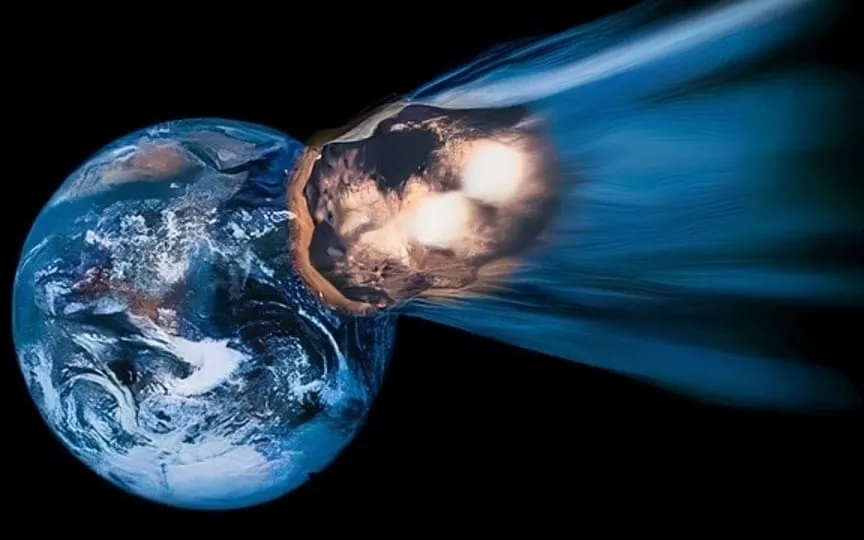NASA Announces Asteroid 2023 QR to Pass Close to Earth at 129,000 Miles Today
Asteroids have gained significant attention in the news since it was first suggested that one of these celestial objects caused the extinction of the dinosaurs. Interestingly, asteroids are occasionally referred to as minor planets. According to NASA, asteroids are remnants from the early stages of our solar system’s formation approximately 4.6 billion years ago. These rocky formations vary in size, ranging from 530 km in diameter to as small as 10 m. Typically, asteroids are found in the main asteroid belt located between the orbits of Mars and Jupiter. However, there is a possibility that asteroids pose a threat to our planet, making it crucial to monitor them closely. Occasionally, the gravitational pull of a planet can alter the trajectory of these asteroids, redirecting them towards planets like Earth, potentially leading to an impact.
As NASA’s telescopes track a new Near-Earth Asteroid (NEA), astronomers measure the asteroid’s observed positions in the sky and report them to the Minor Planet Center. The Center for Near-Earth Object Studies (CNEOS) then uses this information to determine the asteroid’s most likely orbit around the Sun.
Asteroid 2023 QR information
The asteroid with NASA’s QR code Asteroid 2023 is on its way to Earth today, August 20. NASA’s Defense Coordination Office (PDCO) tracked the asteroid. It is responsible for monitoring the sky and observing various Near-Earth Objects (NEOs). The size of this asteroid is only 16 feet wide. Its size is not large enough to be a potential threat to Earth. However, its closest approach to Earth could be a concern.
It will hurtle toward the planet at a blistering speed of 75,165 kilometers per hour and pass the planet at a distance of about 129,000 miles, classifying it as a near-Earth object (NEO).
The Space Agency has also revealed that Asteroid 2023 QR belongs to the Apollo asteroid group. The Apollo asteroids form a collection of Earth-crossing asteroids named after Apollo, discovered in 1862 by German astronomer Karl Reinmuth in the 1930s. The dangerous Chelyabinsk meteor that exploded over the city in the South Ural region of Russia on February 15, 2013 was also from the Apollo family. It injured more than 1,000 people after windows exploded and flying glass hit people inside.




